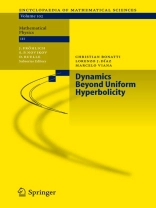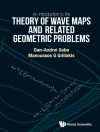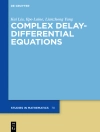What is Dynamics about? In broad terms, the goal of Dynamics is to describe the long term evolution of systems for which an ‘infinitesimal’ evolution rule is known. Examples and applications arise from all branches of science and technology, like physics, chemistry, economics, ecology, communications, biology, computer science, or meteorology, to mention just a few. These systems have in common the fact that each possible state may be described by a finite (or infinite) number of observable quantities, like position, velocity, temperature, concentration, population density, and the like. Thus, m the space of states (phase space) is a subset M of an Euclidean space M . Usually, there are some constraints between these quantities: for instance, for ideal gases pressure times volume must be proportional to temperature. Then the space M is often a manifold, an n-dimensional surface for some n < m. For continuous time systems, the evolution rule may be a differential eq- tion: to each state x G M one associates the speed and direction in which the system is going to evolve from that state. This corresponds to a vector field X(x) in the phase space. Assuming the vector field is sufficiently regular, for instance continuously differentiable, there exists a unique curve tangent to X at every point and passing through x: we call it the orbit of x.
Table of Content
Hyperbolicity and Beyond.- One-Dimensional Dynamics.- Homoclinic Tangencies.- Hénon-like Dynamics.- Non-Critical Dynamics and Hyperbolicity.- Heterodimensional Cycles and Blenders.- Robust Transitivity.- Stable Ergodicity.- Robust Singular Dynamics.- Generic Diffeomorphisms.- SRB Measures and Gibbs States.- Lyapunov Exponents.












